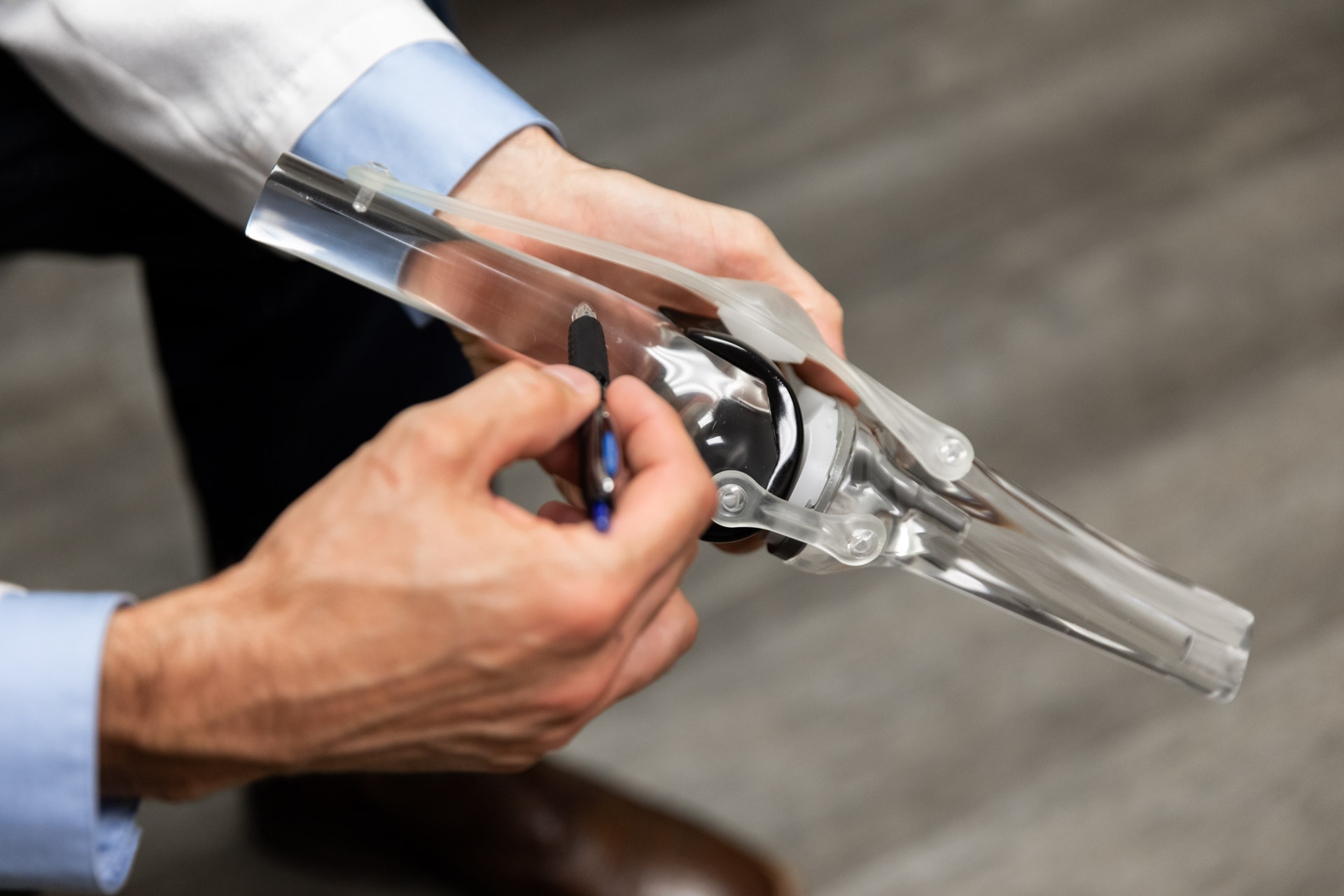
Navigate Airport Security with an Orthopedic Implant

With an increase in travel as we near the holiday season, a common question that patients ask is, “How do I navigate airport security with an orthopedic implant?” This concern can be an area of high anxiety for individuals, whether they are traveling alone or with a group.
We have all stood in the dreaded TSA security line that winds around for what seems like miles. Many people often wonder about the hold-up in front of them!
Whether someone has had a total joint replacement or has implanted hardware from an orthopedic surgery, this may cause confusion at the security gate—and a back-up in the line.
KCOA Orthopedics is here to provide you with all of the information you need to smoothly and efficiently navigate airport security with an orthopedic implant.
WHAT CAN your surgeon DO for you when traveling with an implant?
In the past, orthopedic surgeons used to provide any patient planning to fly with an identification card or a letter. This usually defined what procedure the patient had, when this procedure completed, and what the type of implant used.
These ID cards or letters have become less vital to the TSA screening process in recent years. That’s because improved technology has made these documents easier to replicate for a condition that does not actually exist. Therefore, this may reduce the effectiveness of the established security measures. However, according to TSA, you can still provide them with a letter or ID card to help at least smooth the process along. The more information they know, the faster you’ll be able to navigate airport security with an orthopedic implant!
ADVANCED IMAGING
TSA designed their advanced imaging technology to assist travelers specifically with implanted devices from orthopedic surgery. Prior to entering the screening checkpoint, simply inform the nearest TSA officer that you have an artificial knee, hip, shoulder, or other orthopedic implant. Depending on the security technology used at your airport, a TSA officer may ask you to proceed through the advanced imaging technology, or you may undergo a pat-down screening. In some cases, you may be asked to comply with both security measures.

If you are unable to assume the position required by TSA, inform the officer immediately. In some cases, advanced imaging may not work properly if the individual is not in the correct position. If this occurs, they will likely ask you to undergo a pat-down screening instead.
A TSA officer of the same gender will conduct the pat-down process. It is especially important to inform this officer if there are any areas that are painful when touched! This allows the TSA officer to be aware of areas that may be more sensitive from a past surgery.
Navigate Airport Security with an Orthopedic Implant
In the case of airport security, communication is key to a smooth process as you begin your travels! You can always refer to the TSA security measures & procedures website for more information.
You can also contact your KCOA Orthopedic Surgeon in Kansas City for further assistance and advice for your upcoming trip.
Safe travels from KCOA!


